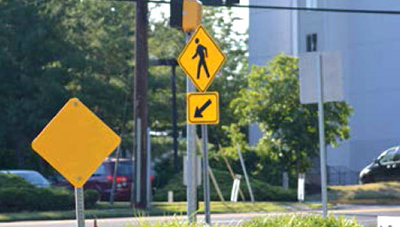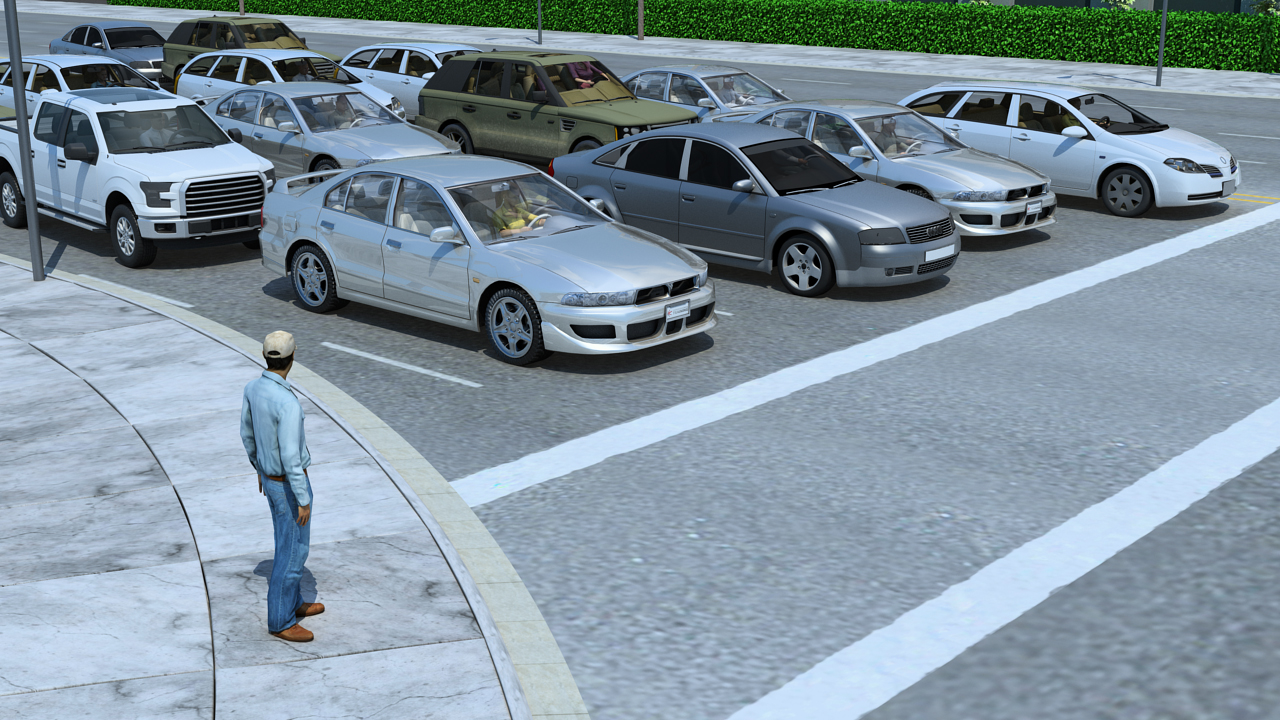
You'll notice that much of this is basically common sense. Further, many parking lots having designated crosswalks for pedestrians leaving or entering the store, restaurant, or business-drivers must yield here, too.
Does the pedestrian have the right of way drivers#
In parking lots, drivers must be on the lookout for pedestrians. This means more than simply swerving off the road, but that when a car seeks to enter a building, a parking lot, or even the owner's driveway, the motorist must yield. Sidewalks are designed specifically for foot traffic, and any time a car leaves the road, they must yield to pedestrians. When pedestrians are on sidewalks or footpaths, they naturally have the right of way there. A motorist must take all possible precautions to avoid causing an accident when that person is attempting to cross a street. Under Texas law, someone carrying a white cane is signifying that they are blind. When blind, clearly incapacitated, or "obviously confused" pedestrians enter the road, drivers have a duty to slow down-or stop-to avoid hitting them. In other words, they must make sure no one is walking passed the area before they can pull out into traffic. When a vehicle is emerging from a building, alleyway, or private drive, they must yield the right of way to any pedestrians in the area. The pedestrian is NOT allowed to begin walking across a street when the sign indicates "WAIT" or "STOP." Further, if the pedestrian enters a roadway when the sign indicates "WALK" and then the sign switches to "WAIT" or "STOP," the pedestrian must get to the other side of the street or get to a safety island in the street's midway. When the crosswalk's sign indicates that a pedestrian may "WALK," the pedestrian is obviously allowed to cross the street. These statutes, enacted by the Texas Legislature, give a rough outline of when pedestrians are allowed to cross roadways: The basic rules governing car-pedestrian interaction are found in the Texas Transportation Code. What are some examples of pedestrian accident cases Grossman Law Offices has won?. Why is determining the right-of-way a key component of any pedestrian accident case?. When do pedestrians have the right-of-way?. 

/https://www.thestar.com/content/dam/thestar/yourtoronto/the_fixer/2015/08/25/pedestrian-crossing-button-needs-a-permanent-home-the-fixer/streetcar-platform.jpg)
Since insurance companies will do whatever they can to show that an injured pedestrian did not have the right-of-way at the time of the accident in order to minimize any potential payout on the damage claim, it is imperative an injured pedestrian is represented by an experienced pedestrian accident attorney, like those at Grossman Law Offices, who can hold defend their rights and hold the motorist and their insurance company accountable. If you're an injured pedestrian, having the right-of-way could be the difference between winning your case and recovering damages, or losing your case and having to foot the bill for your injuries, even when the accident wasn't really your fault. In simplest terms, modified comparative fault weighs how much each party contributed to an accident and asks a jury to put a percentage on the fault of each party. Establishing the right-of-way is crucial for injured pedestrians, because Texas, like many states has a system of modified comparative fault. While the old adage that "a pedestrian always has the right-of-way" is strictly a myth, with not legal basis, there are still numerous situations where pedestrians have the right-of-way. Home Car Accidents Pedestrian Injuries Situations Where Pedestrians Have the Right of Way There are situations where pedestrians have the "right-of-way" over motorists.




/https://www.thestar.com/content/dam/thestar/yourtoronto/the_fixer/2015/08/25/pedestrian-crossing-button-needs-a-permanent-home-the-fixer/streetcar-platform.jpg)


 0 kommentar(er)
0 kommentar(er)
